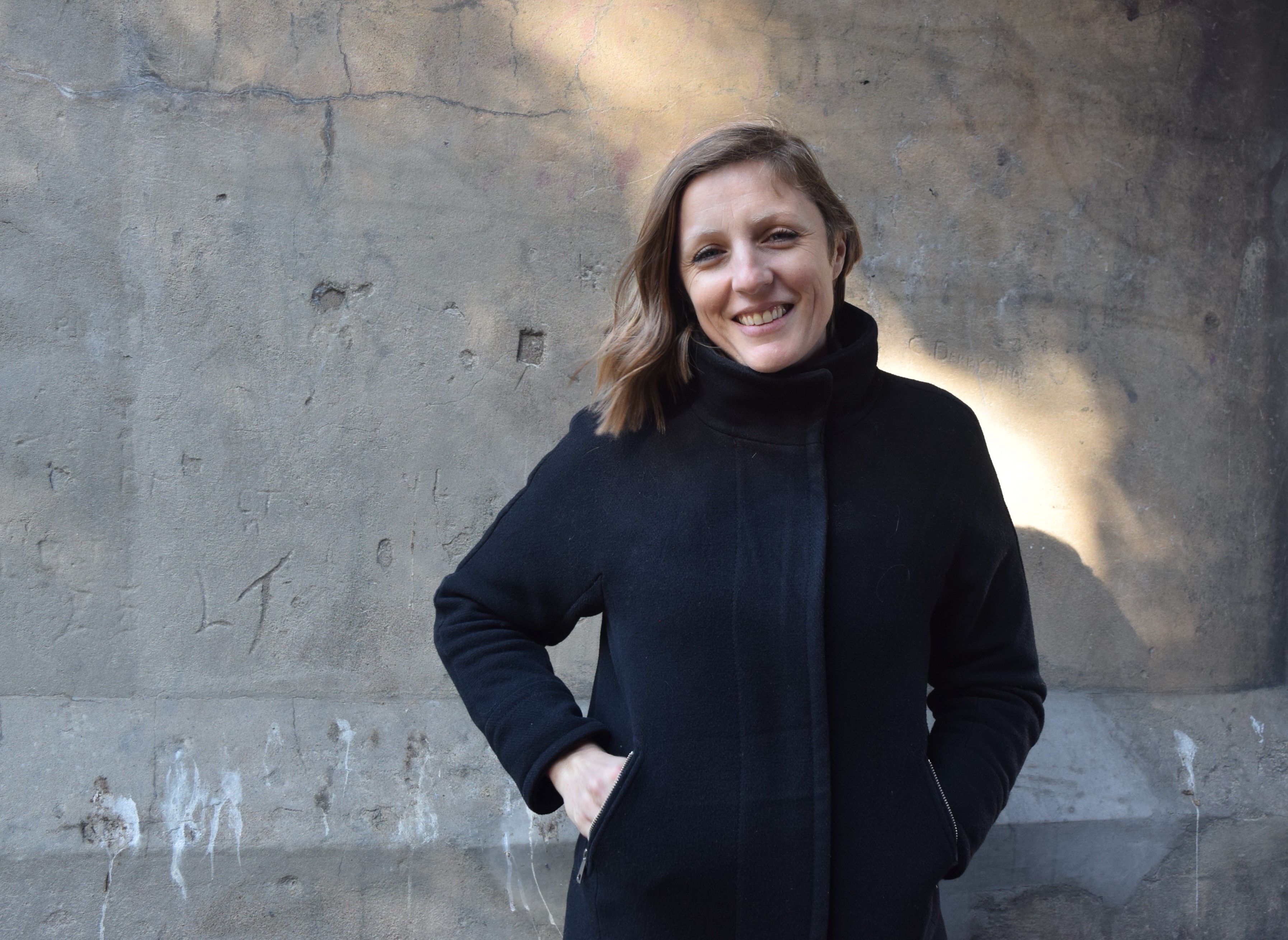SVHA research shows dramatic growth in 'at risk' patients
SVHA research shows dramatic growth in 'at risk' patients
14 Dec 2021
An eight year retrospective deep dive into data from St Vincent’s Hospital Emergency Departments in both Sydney and Melbourne, reveal a dramatic increase in presentations from marginalised populations within our community.
Led by St Vincent’s Health Australia, the report highlights the disproportionate rise in emergency presentations from vulnerable patients which, had they received appropriate and timely care in the community, could have largely been avoided.
Data collected from both hospitals focussed on Aboriginal & Torres Strait Islander presentations as well as mental health, those with alcohol and drug use issues, and people sleeping rough.
Homeless Health Nurse Unit Manager, Erin Longbottom welcomed the report, saying “there’s a real lack of resources to support people with complex mental health conditions, and that has been compounded by the pandemic”.
“People find it difficult to access primary healthcare because of the cost of going to a GP, and the community mental health services and drug and alcohol support are not there,” she said.
In terms of people with a history of homelessness presenting at Emergency at both hospitals over the same period, the number increased by 99 per cent at St Vincent’s Melbourne and 72 per cent at St Vincent’s Sydney, compared to 17 per cent among the general patient population at both hospitals.
When numbers are combined across the two hospitals, the total number of people from ‘at risk’ backgrounds requiring inpatient admission increased by 61 per cent over the eight year period compared to 11 per cent among general patients.
“With many of those in the ‘at risk’ group coming to St Vincent’s hospitals with preventable health issues, our data tells us very clearly that our health system has more to do to improve the disproportionate burden of disease experienced by people who are marginalised” said Dr Rachel Zordan, St Vincent’s Hospital Melbourne and co-author of the report.
“They are not receiving the tailored care they need in the community, and subsequently there is often no other place for them to go other than a hospital – even if a hospital is not necessarily the best place for them to receive the medical care they need.
“The longer an ‘at risk’ person’s health need is unmet, the greater their need for acute care, longer hospital admission, and by extension, greater treatment costs.”
To combat these issues, St Vincent’s Health Australia’s recommendations include a re-evaluation of models of care; raising the capacity of mainstream health services and workforce; development of culturally appropriate services for First Nation’s patients, such as St Vincent’s Flexiclinic; and addressing the social determinants of health, such as income, education and housing.
CLICK HERE to read the full report.

Erin Longbottom, Nurse Unit Manager St Vincent's Sydney Homeless Health Service